achilles tendinopathy
What is Achilles Tendinopathy?
Achilles tendinopathy is a condition characterised by pain, swelling, and stiffness of the Achilles tendon, which connects calf muscles to the heel bone. This tendon is crucial for walking, running, and jumping. Achilles tendinopathy is often caused by overuse, making it a common issue for athletes and active individuals.
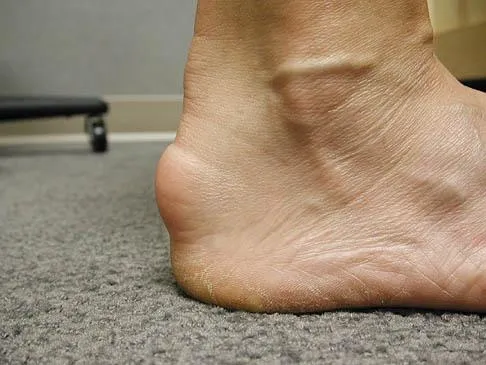
Causes of Achilles Tendinopathy
Several factors contribute to the development of Achilles tendinopathy, including:
1. Overuse:
Repetitive stress from activities like running or jumping can lead to micro-tears in the tendon.
2. Sudden Increase in Activity:
A rapid increase in the intensity or duration of physical activity can strain the tendon.
3. Improper Footwear:
Wearing shoes that do not provide adequate support or cushioning can put extra stress on the Achilles tendon.
4. Poor Foot Mechanics:
Flat feet, high arches, or abnormal walking patterns can contribute to the development of tendinopathy.
5. Aging:
The tendon becomes less flexible and more prone to injury with age.
Symptoms of Achilles Tendinopathy
Common symptoms include:
Pain
Aching or burning pain in the back of the heel, which may worsen with activity.
Stiffness
Stiffness in the tendon, especially in the morning or after periods of inactivity.
Swelling
Swelling or thickening of the tendon.
Tenderness
Tenderness and discomfort when touching the affected area.
Limited Range of Motion
Difficulty in moving the ankle and foot normally.
Diagnosing Achilles Tendinopathy
A podiatrist can diagnose Achilles tendinopathy through a combination of physical examinations and imaging tests. These may include:
Physical Examination: The podiatrist will check for tenderness, swelling, and range of motion in the affected area.
Ultrasound: An ultrasound can provide detailed images of the tendon to identify inflammation and tears.
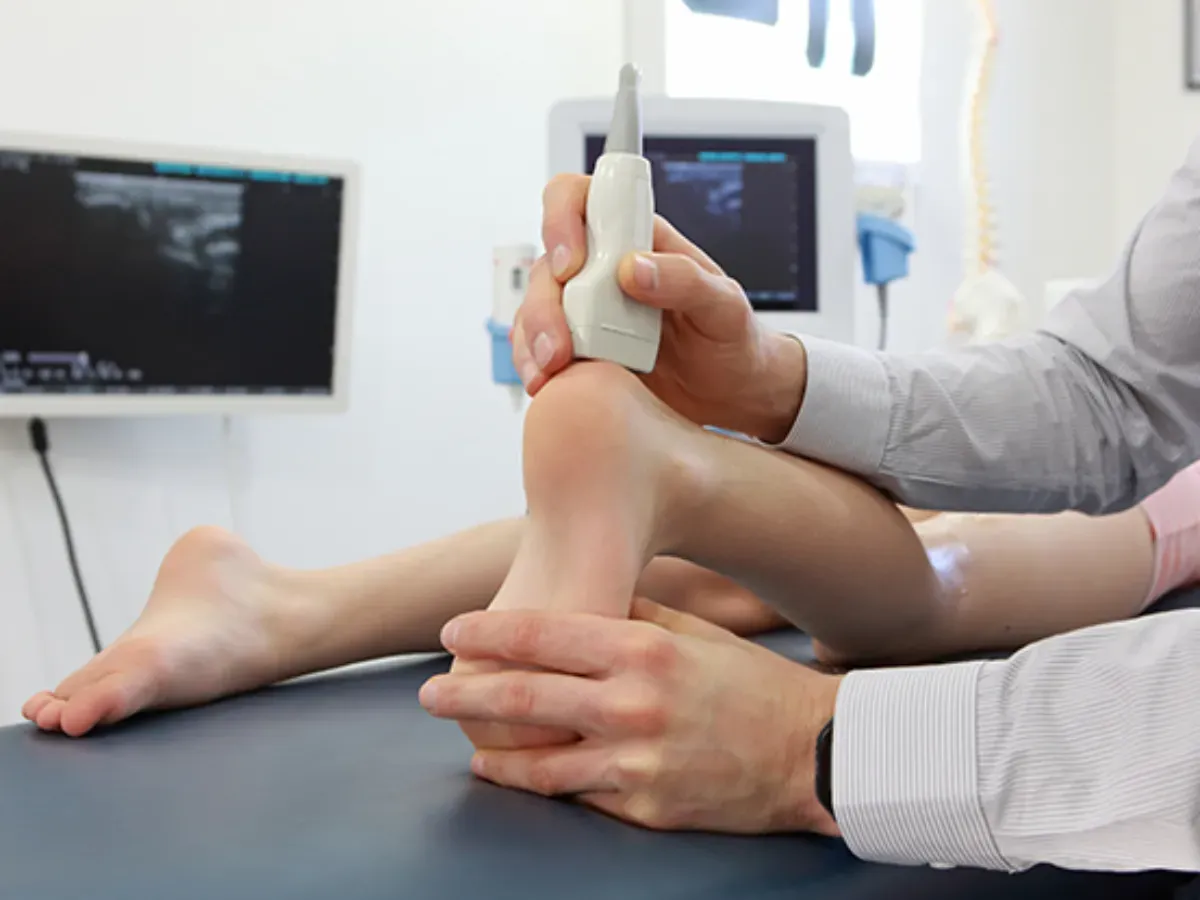
Treatment Options
Rest and Activity Modification:
Reducing or modifying activities that aggravate the tendon is crucial for recovery.
Ice Therapy:
Applying ice packs to the affected area can help reduce inflammation and pain.
Compression and Elevation:
Using compression bandages and elevating the foot can minimize swelling.
Stretching and Strengthening Exercises:
Specific exercises to stretch and strengthen the calf muscles and Achilles tendon can aid in recovery.
Orthotic Devices:
Custom orthotic inserts can provide additional support and alleviate stress on the tendon.
Medications:
Nonsteroidal anti-inflammatory drugs (NSAIDs)can help manage pain and reduce inflammation.
Physical Therapy:
A physical therapist can design a personalized rehabilitation program.
Extracorporeal Shock Wave Therapy (ESWT):
This non-invasive treatment uses shock waves to promote healing.
Surgery:
In severe cases where conservative treatments fail, surgical intervention may be necessary to repair or remove damaged tissue.
Preventing Achilles Tendinopathy

Gradual Increase in Activity:
A gradual increase in activity intensity and duration can help prevent overloading the tendon.
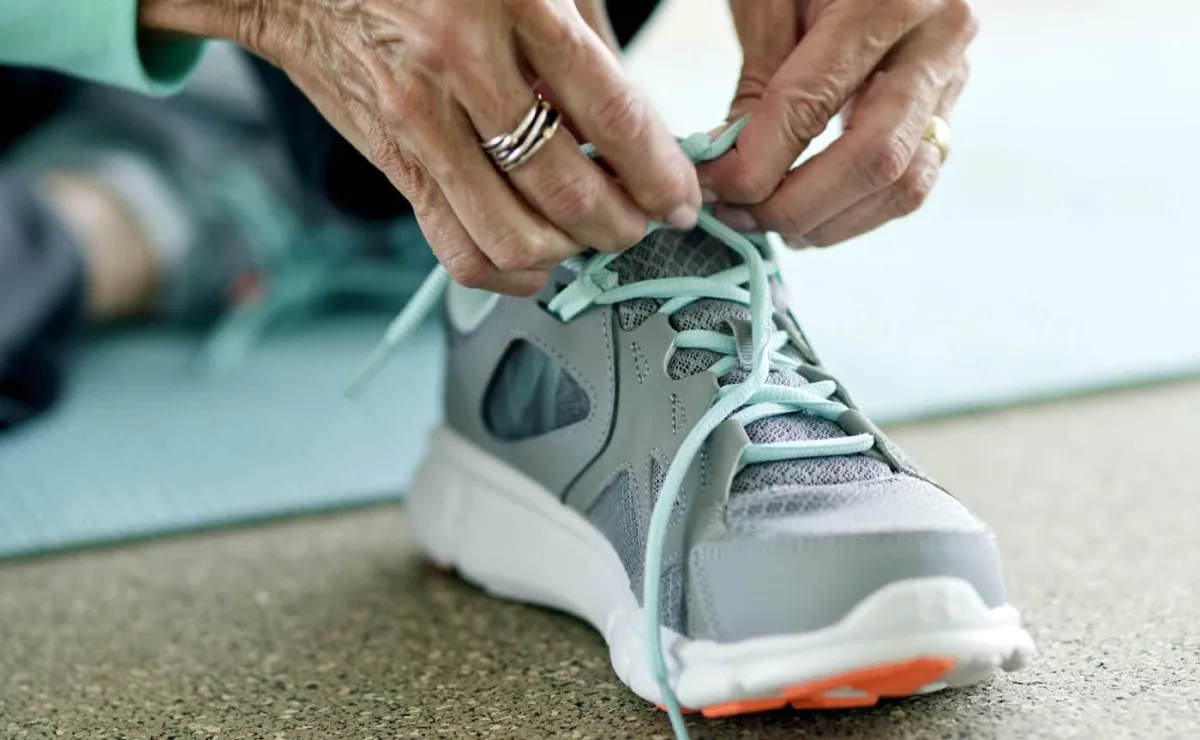
Proper Footwear:
Wearing supportive and cushioned footwear appropriate for specific activities can reduce stress on the Achilles tendon.
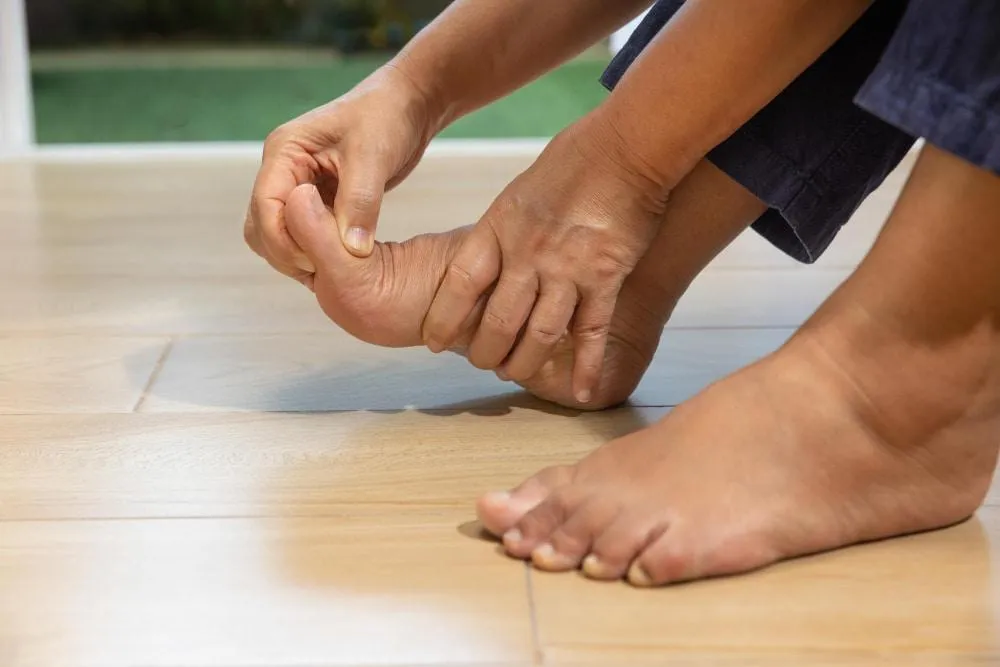
Stretching and Strengthening:
Regular exercises that promote flexibility and strength in the calf muscles and tendon may prevent injury.
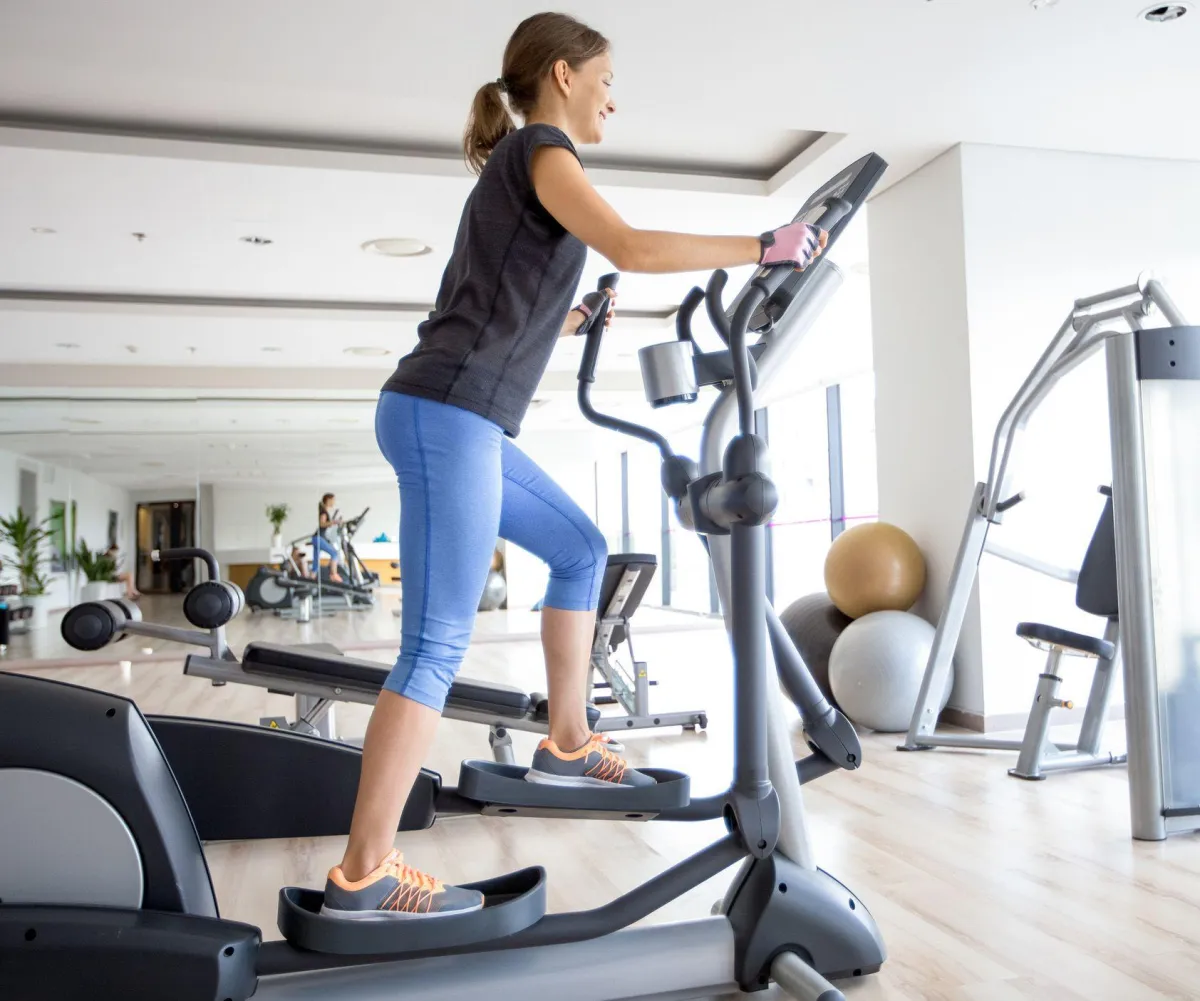
Cross-Training:
Incorporating low-impact activities such as swimming or cycling can reduce repetitive stress on the Achilles tendon.
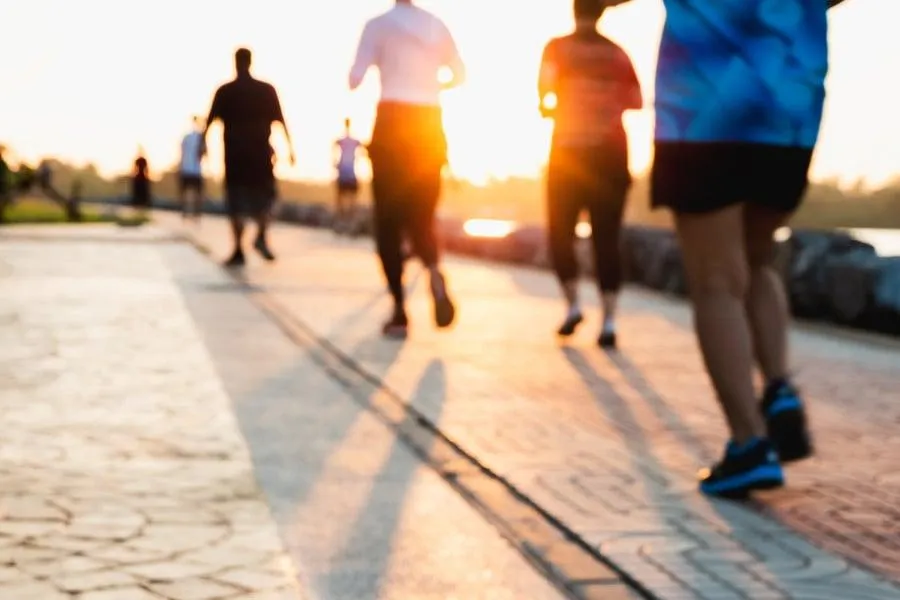
Listen to Your Body:
Early attention to signs of pain or stiffness allows timely adjustments to physical routines, reducing injury risk.
When to See a Podiatrist
Persistent pain, swelling, or limited mobility in the Achilles tendon should prompt a consultation with a podiatrist. Early intervention helps prevent further damage and supports a more efficient recovery process.
SERVICING BRISBANE'S WESTERN SUBURBS
Neat Feet Podiatry Care
Marshall Lane Health Clinic
8 Marshall Lane, Kenmore QLD 4069
Monday - Closed
Tuesday 9am - 5pm
Wednesday 8am - 4pm
Thursday 10am - 6pm
Friday 9am - 5pm

